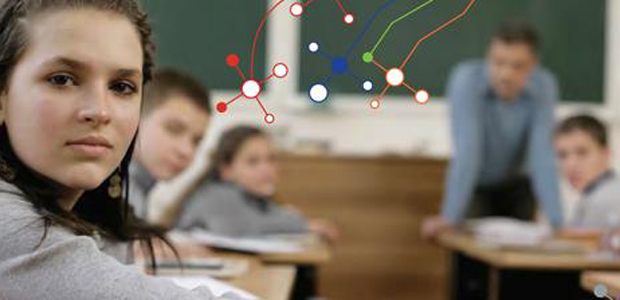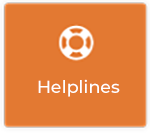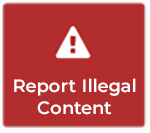How to: Safer School Websites
Posting images of students on the school website
Publishing photos of pupils on the school’s website can be very motivating and encouraging for the pupils and their parents. It can help celebrate pupils’ work and achievements. Posting photos of students will help create a community spirit within the school while bringing the work of the school to a wider audience.
Are there Data Protection Issues?
There are data protection issues to be considered when publishing the image of a minor on the Internet. The school must comply with the requirements of:
- Data Protection (Amendment) Act 2003
- The Data Protection Act 1988
- Video Recordings Act 1989
What are the issues? Any image published online may easily be edited inappropriately or misused. Pupils may also be personally identified and attract unwanted attention through a photograph posted on the school website. With the advent of photo tagging and face recognition schools must take extra care to protect and safeguard the children and young people in their care. How can the school manage the risks? To manage these risks the school should raise awareness of the need to safeguard the personal information of minors when publishing online. All teachers who publish online (in a class or school blog or on the school website) should consider:
- Asking for parental permission to cover use of such photographs throughout the school year in line with the conditions of the school’s AUP.
- Using photos which focus on group activities rather than photos of individuals.
- Using group photos rather than full-face photos of individual children.
- Keeping names and images separate.
- Password locking videos or photos galleries.
- Creating a procedure for regularly checking the website for posting of personal data.
- Teach students how to safeguard their own data and their responsibilities in regard to the personal information of others when online.
What’s best practice in regard to safeguarding the photos of students?
Each school is required to have Acceptable Use Policies (AUPs) covering the use of the Internet and all ICT used in the school. The school’s Internet AUP, among other topics, will cover the use of the school website, the VLE, blogs or wikis. The school should agree how digital and video images are captured and stored within the school. The school should also discuss how images of pupils are published online and how The Data Protection Act (2003 and 1988) might apply. Each school should develop its own guidelines for the protection of both students and staff.
Sample AUP statements relating to a school website
The following sample statements are part of the Internet AUP Template which was included in the Internet Safety Education Pack sent to each school in March 2007. The School Website
- Students will be given the opportunity to publish projects, artwork or school work on the World Wide Web in accordance with clear policies and approval processes regarding the content that can be loaded to the school’s website.
- The website will be regularly checked to ensure that there is no content that compromises the safety of students or staff.
- The school website will avoid publishing the first name and last name of individuals in a photograph.
- Content focusing on individual students will not be published on the school website without parental permission.
- The school will endeavour to use digital photographs, audio or video clips focusing on group activities. Video clips may be password protected.
- Personal student information including home address and contact details will be omitted from school web pages.
- The school will ensure that the image files are appropriately named and will not use students’ names in image file names or ALT tags if published on the web.
- A school website which allows comments to be posted such as a blog, guestbook, noticeboard will be checked frequently to ensure that no personal details are contained or posted.
- A school website will not have links to outside un-moderated sites such as ‘Next blog’ , Flickr, etc. where the content is not known to be suitable.
- The publication of student work will be co-ordinated by a teacher.
- Students’ work will appear in an educational context on Web pages with copyright notice prohibiting the copying of such work without express written permission.
- Students will continue to own the copyright of any work published.
Data Protection Case Study
This case study from the Data Protection Commissioner’s Sign up, Log in, Opt out CSPE Teaching Resource will give an understanding to schools about their obligations and responsibilities pertaining to The Data Protection Acts (1988 and 2003). 







